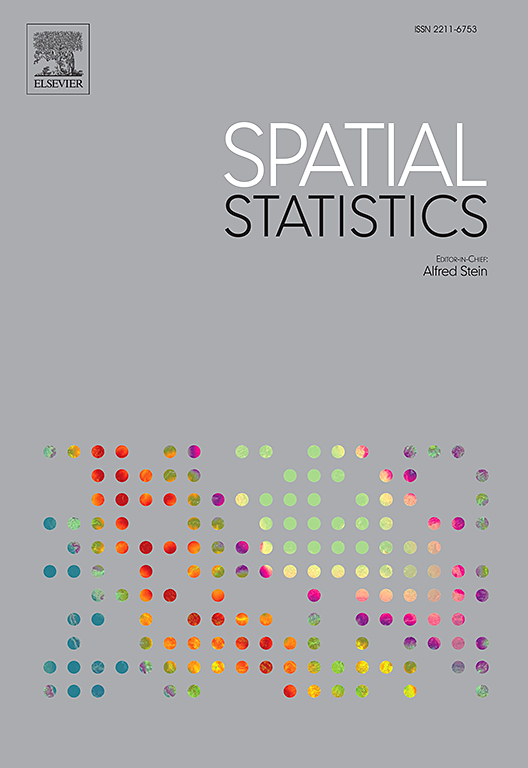用FDR或FWER控制复制点模式的保形新颖性检测
IF 2.5
2区 数学
Q3 GEOSCIENCES, MULTIDISCIPLINARY
引用次数: 0
摘要
蒙特卡罗检验被广泛用于计算有效的p值,而不需要已知的检验统计量分布。在执行多个蒙特卡罗测试时,必须保持对第一类误差的控制。一些多重性控制技术对p值的联合分布提出了要求,例如独立性,这可能需要大量的计算才能实现,因为它需要为每个测试模拟不相交的零样本。我们将此称为naïve多重蒙特卡罗测试。在这项工作中,我们强调多重蒙特卡罗测试是保角新颖性检测的一个实例。利用这种洞察力可以实现更高效的多个蒙特卡罗测试过程,避免通过对所有测试使用单个零样本来进行过度模拟,同时仍然确保对错误发现率或家庭错误率进行精确控制。我们称这种方法为保形多重蒙特卡洛测试。通过模拟研究和对汗腺数据集的应用,在点模式数据的全局包络测试的背景下研究了性能。结果表明,在固定的模拟预算下,与naïve多重蒙特卡罗测试过程相比,我们提出的方法在测试过程的功率方面有了实质性的改进。本文章由计算机程序翻译,如有差异,请以英文原文为准。
Conformal novelty detection for replicate point patterns with FDR or FWER control
Monte Carlo tests are widely used for computing valid -values without requiring known distributions of test statistics. When performing multiple Monte Carlo tests, it is essential to maintain control of the type I error. Some techniques for multiplicity control pose requirements on the joint distribution of the -values, for instance independence, which can be computationally intensive to achieve, as it requires simulating disjoint null samples for each test. We refer to this as naïve multiple Monte Carlo testing. We highlight in this work that multiple Monte Carlo testing is an instance of conformal novelty detection. Leveraging this insight enables a more efficient multiple Monte Carlo testing procedure, avoiding excessive simulations by using a single null sample for all the tests, while still ensuring exact control over the false discovery rate or the family-wise error rate. We call this approach conformal multiple Monte Carlo testing. The performance is investigated in the context of global envelope tests for point pattern data through a simulation study and an application to a sweat gland data set. Results reveal that with a fixed simulation budget, our proposed method yields substantial improvements in power of the testing procedure as compared to the naïve multiple Monte Carlo testing procedure.
求助全文
通过发布文献求助,成功后即可免费获取论文全文。
去求助
来源期刊

Spatial Statistics
GEOSCIENCES, MULTIDISCIPLINARY-MATHEMATICS, INTERDISCIPLINARY APPLICATIONS
CiteScore
4.00
自引率
21.70%
发文量
89
审稿时长
55 days
期刊介绍:
Spatial Statistics publishes articles on the theory and application of spatial and spatio-temporal statistics. It favours manuscripts that present theory generated by new applications, or in which new theory is applied to an important practical case. A purely theoretical study will only rarely be accepted. Pure case studies without methodological development are not acceptable for publication.
Spatial statistics concerns the quantitative analysis of spatial and spatio-temporal data, including their statistical dependencies, accuracy and uncertainties. Methodology for spatial statistics is typically found in probability theory, stochastic modelling and mathematical statistics as well as in information science. Spatial statistics is used in mapping, assessing spatial data quality, sampling design optimisation, modelling of dependence structures, and drawing of valid inference from a limited set of spatio-temporal data.
 求助内容:
求助内容: 应助结果提醒方式:
应助结果提醒方式:


